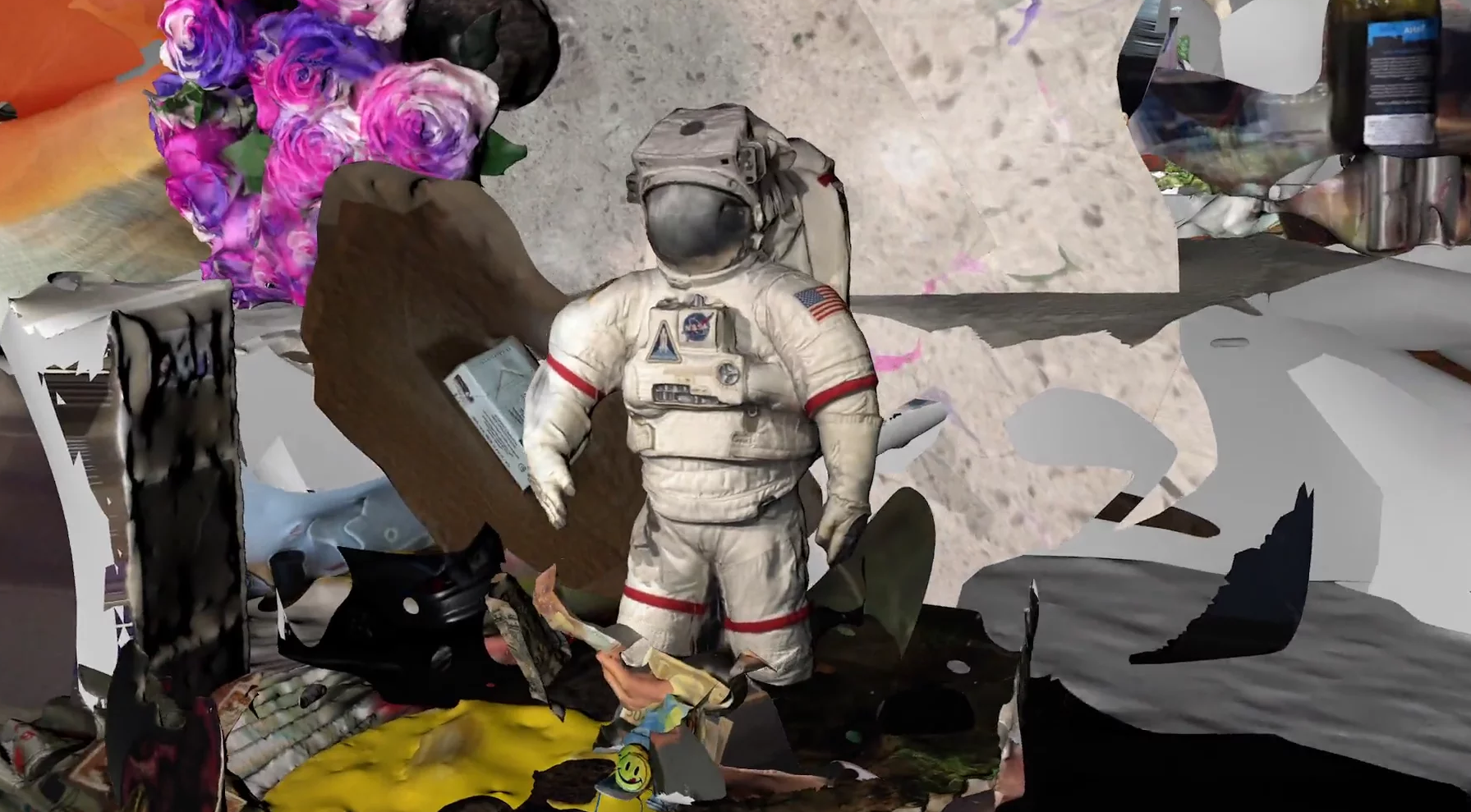In the context of VR, photogrammetry is experiencing a kind of boom. Originally a technical way to make measurements from photographs, the technology is now in everyobodies hands, allowing us to create our own virtual reality.
What if I could record a moment, a place, an object and have the possibility of going back to it at any moment ? What if i could capture any virtual environment with its sense of presence ? What if I could share all this and invite anyone inside these places ? And all this in a snap and by myself ?
The list of what if goes long when thinking about a future of reality making.
Let’s quickly recap the tools available. At the moment we can :
. Photograph or film in 360 with a specific camera. But then we can only provide a single point of view and won’t be able to provide much agency to the visitor : no moving around the space and interactivity and a resulting loss of presence. More expanded image than volume.
. Recreate the space in 3D. Fantastical results and total flexibility but that takes a lot of time, effort. Good knowledge of expensive software is a must. And in that process, all spontaneity and ephemeral qualities are lost and will need to be recreated.
Or you can use photogrammetry, which records depth information and photo textures, outputting a volumetric and somewhat photorealistic reproduction. You can do that with your smartphone, with the free 123D catch app for example.
Other photogrammetry tools include dedicated 3D sensors such as the popular Structure, Kinext hacks or software solutions such as Photoscan which let you take countless photos and process them into a volume.
Whichever the tool, the qualities of the results are fascinating. The ephemeral nature is conserved as a sort of “intent”, as if you could experience the space, object or body in multiple ways.
As the raw 3D scans are full of holes and distortions, a common desire is to “fix” the volumes by importing these into softwares to reprogram photorealism. Make them look “good” and “real”.
But then the reference to photorealism inherited from a particular visual culture is important to keep in mind. What reality is made with realism ? In what ways photorealism is more real than something abstract, suggestive? And in what ways a reproduction is as real as an original ?
Often the notion of photorealism in 3D look sterile or leads to Uncanny Valley results. Reproducing is a transformative act as Walter Benjamin noted in his seminal essay on “The Work of Art in the Age of Mechanical Reproduction”.
Breaking away from photorealism makes us enter territories of weird realities, surely one of the most exciting area of VR at the moment. Like recording your own body as Martina Menegon did…
…and then rigging it in Unity to have it do new things !
Or you can assemble collective made realities such as this one made by Device for the Internet Age Media festival. Device worked in Unity from 123Dcatch scans submitted by the IAM festival goers.
Examples like this show a rich possible combination between photogrammetry, 3D rendering and animation, a mixed media technique for the reality bending age that holds much worlding promise.
